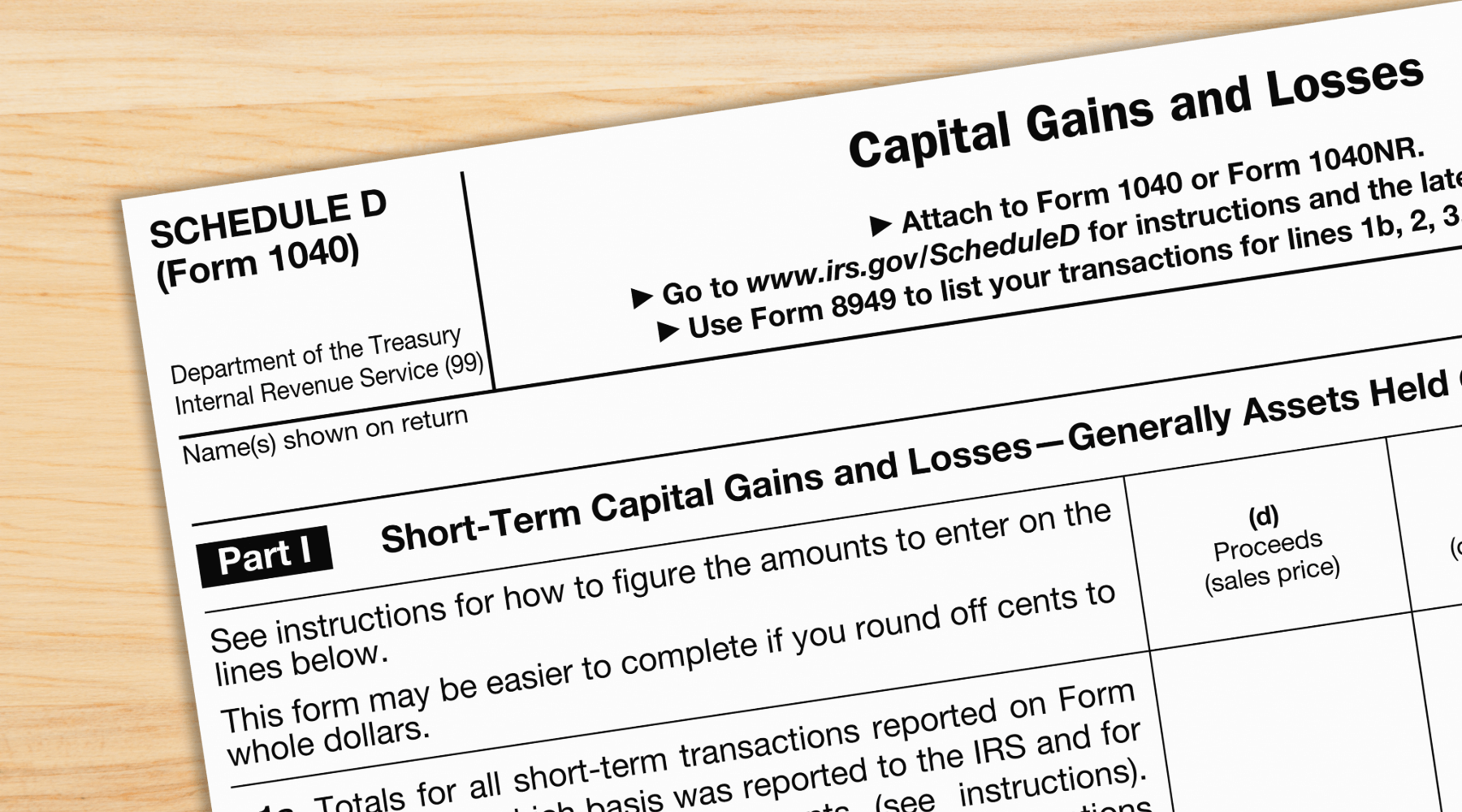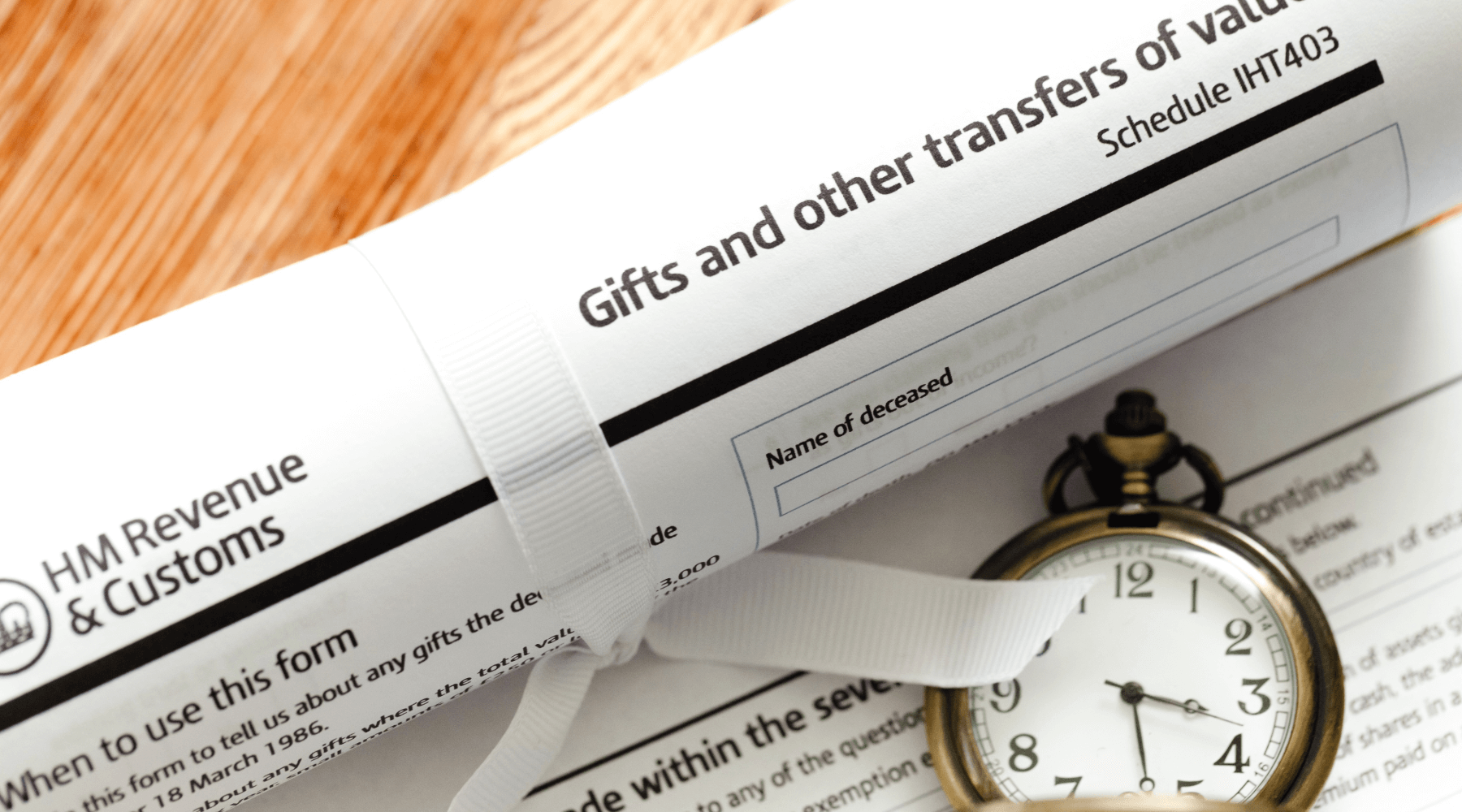Autumn Budget 2024: Which Tax Rises Could Hit Businesses and Workers?
Posted by Stelios on 19th Oct 2024 Reading Time:
As the Labour government prepares to reveal its Autumn Budget on October 30th, 2024, businesses and individuals are bracing for potential tax changes to close a £22 billion fiscal gap. With inflation stabilising and wage growth slowing, Chancellor Rachel Reeves faces the delicate task of raising revenue without breaking key manifesto promises or stifling economic growth. The government has already ruled out increases to the major tax levers—income tax, national insurance, and VAT—which together account for the bulk of the UK’s revenue. This leaves several lesser-known taxes under scrutiny, sparking speculation about where the Chancellor may turn.
 Number 10, OGL 3, via Wikimedia Commons
Number 10, OGL 3, via Wikimedia Commons
National Insurance Contributions: The Business Backlash
Employers’ National Insurance Contributions (NICs) seem poised for an increase despite Labour’s pledge to protect working people from higher taxes. One possibility being discussed is imposing NICs on pension contributions. While staying technically within the bounds of Labour’s manifesto, such a move would significantly boost Treasury coffers. However, it could also discourage businesses from offering generous pensions or hiring new staff, which may affect employee wage growth and retirement security.
When Rishi Sunak increased NICs in 2021, businesses faced higher costs, which many passed onto their workers through reduced pay rises. According to the Office for Budget Responsibility (OBR), this led to a slower pace of wage growth across industries. Experts fear a similar outcome if Reeves raises NICs this time around, especially with the current economic uncertainty.
As a result, some economists warn that “such tax increases are likely to shift the burden onto workers, with employers absorbing the remainder through lower wages and higher consumer prices,” says a report from the Institute for Fiscal Studies.
Capital Gains Tax: Targeting Investment Returns
Capital Gains Tax (CGT) could be next in line for reform. While aligning CGT rates with income tax— currently at 10-20% for capital gains—would bring in substantial revenue, it could also deter investment. Keir Starmer has already dismissed speculation of a sharp rise to 39%, but moderate increases to the high 20s or low 30s are still under consideration.
In 2008, when CGT was raised from 10% to 18%, the impact on the housing market was swift, with a marked slowdown in property sales as investors held back. A similar rise in 2024 could have wide-reaching effects on investment markets, particularly in real estate and small business sectors. Many investors might hesitate to sell assets, which could create a drag on market liquidity.

Breakdown of UK Government Tax Revenue by Category (2023/2024)
| Tax | Description | £ |
Share of total tax revenue |
| Income Tax | Collected from individuals based on their earnings. This includes taxes on employment, savings, and dividend income. |
£260-280 billion |
30% |
| National Insurance Contributions (NICs) | Paid by both employees and employers, NICs fund state pensions and other social welfare benefits. These are often viewed as taxes on income but are distinct from income tax. | £150-160 billion | 20% |
| Value Added Tax (VAT) | VAT is levied on most goods and services, with the standard rate in the UK currently set at 20%. | £150 billion | 17-18% |
| Corporation Tax | Corporation tax is paid by companies on their profits. The rate of corporation tax is currently set at 25% as of 2023. | £60-70 billion | 8-10% |
| Excise Duties | These duties are charged on specific goods such as alcohol, tobacco, and fuel. They play a significant role in the government’s revenue stream. | £50-60 billion | 5-6% |
| Business Rates | Business rates are a form of property tax levied on non-residential properties. They are an important revenue source for local governments. | £30-40 billion | 4-5% |
| Capital Gains Tax (CGT) | Charged on the profit made from the sale of assets like property or shares, CGT is a smaller contributor to the overall tax take. | £15-20 billion | 1-2% |
| Inheritance Tax (IHT) | Inheritance tax is levied on estates above a certain threshold when passed on after death. It generates a relatively small share of revenue. | £6-7 billion | < 1% |
| Stamp Duty Land Tax (SDLT) | SDLT is paid on property purchases. The amount paid increases with the value of the property. | £12-15 billion | 2-3% |
| Environmental Taxes (e.g. Carbon Tax, Landfill Tax) | These taxes aim to reduce environmental damage and generate revenue through taxing carbon emissions, waste, and other environmental impacts. | £4-5 billion | 3-4% |
| Fuel Duties | Fuel duties are charged on the sale of petrol, diesel, and other vehicle fuels, making it a significant revenue stream. | £25-30 billion | 3-4% |
| Insurance Premium Tax (IPT) | Charged on insurance premiums (e.g. car insurance, home insurance) at either 12% or 20%, depending on the type of insurance. It generates a modest amount of revenue but affects both individuals and businesses. | £6-7 billion | <1% |
| Air Passenger Duty (APD) | Charged on passengers flying from the UK, with rates varying based on destination and travel class. It’s seen as both a revenue generator and an environmental tax. | £3-4 billion | <1% |
| Bank Levy & Bank Surcharge | The bank levy is charged on the balance sheets of banks operating in the UK, while the bank surcharge is an additional tax on profits. These taxes were introduced following the financial crisis to ensure banks contribute to public finances. | £3-4 billion | <1% |
| Climate Change Levy (CCL) | This tax is applied to the energy use of businesses in an effort to encourage energy efficiency and reduce carbon emissions. | £2-3 billion | <1% |
| Tobacco Duty | Applied to cigarettes, cigars, and other tobacco products, tobacco duty is both a revenue generator and a health measure. | £8-9 billion | <1% |
| Alcohol Duties | Charged on beer, wine, spirits, and other alcoholic drinks. Alcohol duties are significant contributors to tax revenue and are regularly adjusted for inflation or public health reasons. | £12-13 billion | <1% |
| Vehicle Excise Duty (VED) (also known as Road Tax) | Paid by vehicle owners based on the type and emissions of the vehicle. The revenue is largely used for road maintenance and infrastructure. | £7-8 billion | <1% |
| Apprenticeship Levy | Paid by large employers with annual pay bills over £3 million. The levy is intended to fund apprenticeship training but also serves as a revenue stream. | £2-3 billion | <1% |
| Digital Services Tax (DST) | Introduced in 2020, this tax targets large digital companies with significant UK revenue streams, such as search engines, social media platforms, and online marketplaces. |
£0.5-1 billion |
<1% |
| Soft Drinks Industry Levy (Sugar Tax) | Aimed at reducing sugar consumption, this tax is levied on manufacturers of sugary drinks based on the sugar content per litre. | £300-400 million | <1% |
| Landfill Tax | Charged on waste disposed of at landfills, this tax encourages recycling and more environmentally friendly waste disposal methods. | £1 - £2 billion | <1% |
| Customs Duties | Duties imposed on goods imported into the UK from outside the European Union (or other preferential trade zones). With Brexit, customs duties have become more significant, especially for non-EU trade. | £3-4 billion | <1% |
| Stamp Duty Reserve Tax (SDRT) | This is a tax on share transactions, collected electronically when securities are transferred electronically rather than on paper (as opposed to Stamp Duty Land Tax, which is applied to property). | £3-4 billion | <1% |
| Patent Box Tax | This is a reduced rate of Corporation Tax that applies to profits generated from patented inventions or innovations to incentivise research and development (R&D) activity in the UK. | Small impact | <1% |
Private Equity: Closing the Carried Interest Loophole
Labour’s manifesto has explicitly targeted the “carried interest” loophole, which allows private equity executives to pay capital gains tax on their bonuses rather than income tax. This loophole, which results in much lower tax rates for high earners in the City, could be on the chopping block. However, the government faces the challenge of implementing this change without driving away investment firms, a risk that previous administrations have been cautious about avoiding.
“If the Chancellor isn’t careful, a sharp increase could push investment firms out of the UK, significantly reducing the government’s revenue,” warns an unnamed Treasury official, as quoted by The Times. The Chancellor may instead seek a compromise, raising the tax rate incrementally to avoid an exodus of investment firms.
Inheritance Tax: Narrowing the Reliefs
Inheritance Tax (IHT) has long been criticised for its generous exemptions, particularly for business and agricultural assets. Speculation suggests that Rachel Reeves could scale back these reliefs, which currently allow people to pass on businesses and certain properties largely free of tax.
The removal of certain IHT reliefs in Spain led to a surge in property sales by families trying to avoid high tax bills. A similar scenario could unfold if business or agricultural reliefs are curbed in the UK. Families who have long relied on these exemptions to pass on their businesses may face difficult choices about how to manage succession.
Critics argue that such changes could make it harder for family-run businesses to survive across generations, potentially forcing them to sell assets or even close. This would particularly affect rural communities, where agricultural relief has been a key pillar of generational farming.

Fiscal Drag: Silent Tax Increases
One of the less controversial but highly effective measures available to the Chancellor is the extension of frozen tax thresholds. This tactic, known as “fiscal drag,” pushes more people into higher tax bands without directly increasing rates. The freeze, initially extended by the Conservative government to 2028, could be prolonged, generating significant revenue as wages rise with inflation.
Though less visible to the average taxpayer, fiscal drag has already contributed to the highest tax burden on UK workers since the 1940s. If extended further, even more middle-income earners will find themselves in higher tax brackets, effectively raising their tax bills without an overt rate increase.
Fuel Duty: A Green Dilemma
Fuel duty has remained frozen for over a decade and could see its first rise since 2011. Labour’s environmental stance might drive this move, potentially incentivising electric vehicle use. However, any increase would likely face political backlash, particularly from Labour’s working-class base, as it would directly raise commuting and transport costs.
Fuel duty currently sits at 52.95p per litre, and raising it even modestly could generate significant revenue while contributing to Labour’s broader green agenda. However, this will be a delicate balancing act, as the Office for Budget Responsibility (OBR) has already factored fuel duty increases into its fiscal forecasts.

Gambling Taxes: A Possibility on the Horizon
Although not widely discussed, gambling taxes might also be under review. Recent proposals suggest that the government could consider raising the levy on bookmakers or online gambling companies, which could raise up to £3 billion. However, such a move could affect the profitability of many companies in the gambling sector and provoke resistance from industry players.
New Taxes: Looking for Innovative Solutions
One option the Chancellor could explore is the introduction of a new tax. Recent governments have successfully introduced hypothecated taxes, such as the sugar tax, where revenue is earmarked for specific purposes. Labour could look to introduce similar measures, particularly in areas like environmental taxation or health levies.
The extension of the Energy Profits Levy, which the Conservative government initially introduced, is one such precedent. Labour has already extended this tax to run until 2030, and new or similar taxes could be introduced to generate additional funds. However, these measures come with risks: new taxes could create unforeseen market distortions or public backlash if not carefully planned.
A Delicate Balancing Act
As the Chancellor prepares to unveil the Autumn Budget, balancing raising necessary revenue and maintaining economic growth becomes increasingly complex. Targeting employers through NICs or capital gains may appear to be the least politically damaging, but these moves carry their own economic risks. Inheritance tax changes could affect family businesses and carried interest reforms might unsettle the City’s key financial players.
The challenge for Reeves will be finding the revenue and doing so in a way that doesn’t stifle investment or growth. With inflation stabilising and interest rates likely to fall below 5%, there is cautious optimism for the economy. However, the spectre of tax rises could dampen this recovery if not handled with care.
Ultimately, the decisions made in this budget will shape the UK’s economic landscape for years to come. Businesses, investors, and families alike will need to brace themselves for a period of fiscal adjustment. Still, the question remains: can the Chancellor raise the necessary funds without undermining the growth she seeks to foster?

